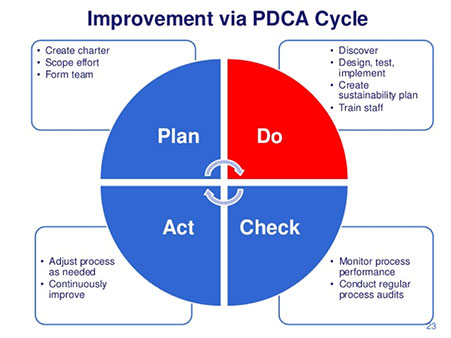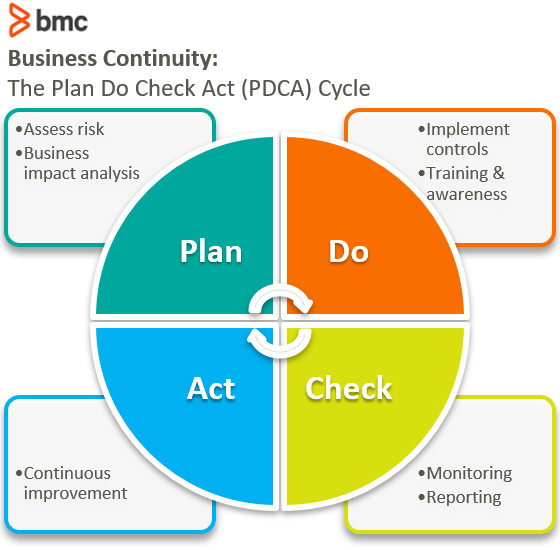Identify and verify the root causes. In the quality circle the actual.
 How A Continuous Improvement Process Drives Results Why 1 Wins Every Time Rever
How A Continuous Improvement Process Drives Results Why 1 Wins Every Time Rever
The six 6 steps of the Continuous Improvement Process are.

Continuous improvement process steps. These five stages or steps in continuous improvement process can help you while in transit to continuous improvement and employee suggestion program beginning with a top down approach. In the first step the continuous improvement process begins with opportunity scouting. The Plan Do Study Act process is commonly used and is easy to understand and implement.
The first objective of continuous improvement is to discover organizational gaps that bar you from achieving greater productivity and success. The 6 steps of the Kaizen approach. Like any effective initiative better continuous improvement starts with better planning.
Select the appropriate process for improvement. Step 01 Executive Management Gets Involved. Plan and implement actions that correct the root causes.
Steps in Continuous Improvement Process. These are conducted by a continuous improvement manager or coach. Plan Projects More Effectively.
A systematic identification of problems in workflows and processes. Continuous improvement is a method to make sure that your processes methods and practices are as efficient accurate and effective as possible. Every organization large or small is interested in continuous improvement and constantly getting better to meet both internal and external needs.
Confirm the actions taken to achieve the target. Bring together the information gathered in the first step with the stakeholders identified in the second step as taking an active role. For this purpose internal workshops are usually held in the form of quality circles.
This is the most critical step. They generally know what the problems are but dont start in the right place for fast action. Organizations struggle to plan projects effectively for two main reasons.
Continuous improvement involves six distinct phases that seek small improvements in processes and products with the objective of increasing quality and reducing waste. This discovery process requires commitment and curiosity. This is done surprise surprise by periodically examining and improving your processes to smash bottlenecks use the best software and take advantage of the most efficient methods.
There are some standard very simple continuous improvement processes that are used by companies. Identify an opportunity an objective for improvement explore new ideas by consulting with your employees break the objective down into sub-objectives or deliverables plan the tasks for each sub-objective without overlapping human and material resources or timeframes. Outlining the process improvements takes place at this stage.
Pose a simple question or two at the beginning of your process. What is so hard about planning a project.
